The notion of comfort has always been at the heart of Citroën’s models for over 100 years. In this period of confinement where everyone is rediscovering their interior, Citroën is returning to the Citroën Advanced Comfort® programme. A programme designed to guide the conception of Citroën vehicles towards a unique type of comfort, a true signature of the Brand. Here is how the Brand’s marketing department describes their focus:
A keystone in the development of current models, the Citroën Advanced Comfort® programme is a comprehensive, modern and multi-sensorial approach to comfort, which thinks of the passenger compartment as the interior of a house. Its aim is to make every journey in a Citroën as comfortable as in the living room. It is based on 4 major pillars:
- comfort of driving to feel like in a cocoon
- comfort of living for a practical and functional interior
- comfort of use with intuitive technologies to simplify life
- comfort of mind to experience a warm and bright atmosphere, with everything in its place
4 major areas of differentiation for the Brand’s models, driven by exclusive innovations such as suspensions with Progressive Hydraulic Cushions® or Advanced Comfort seats. Technologies accessible to as many people as possible.
4 pillars that can be found through concrete examples in the history of the Brand and that we propose you to rediscover through 4 episodes. Today, episode 2, living comfort.
LIVING COMFORT: PRACTICAL AND FUNCTIONAL
INTERIOR ONBOARD SPACE AND MODULARITY
This aspect of the Citroën comfort philosophy encapsulates the ideas of practicality and versatility to make driving and travel easier. The easier a car is to live with every day, the more enjoyable and comfortable it will be to own. The development of cars that offer maximum ‘living comfort’ is a thread that span’s Citroën’s entire history.
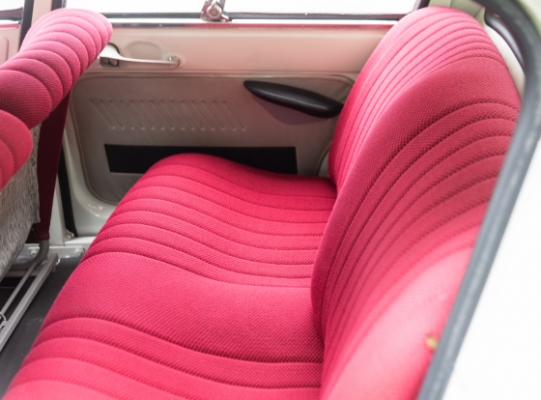
Citroën has long emphasized the benefits of adaptable seating arrangements and maximum cabin space and storage.
In 1923, the B2Type offered buyers the choice of more seats or greater luggage capacity, with an early attempt at modular cabin design. The C3Type ‘Torpédo’ was a two-seater, yet offered a folding third seat behind the driver, creating more luggage capacity or passenger room as required. In 1924, a new ‘Trefle’ (three-leaf clover) three-seat configuration was introduced, with a fixed third seat mounted in the middle of the cabin behind the two front seats, with cargo areas either side.
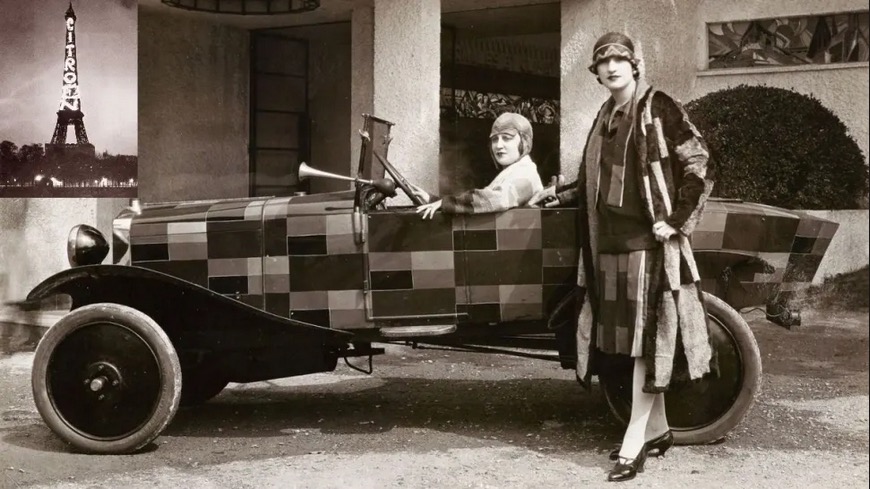
For the 1930s and beyond, the Traction Avant offered various seating layouts. These included a long-wheelbase seven-seat model, and a variant with a wagon-style rear lift-up door – possibly the world’s first production hatchback.
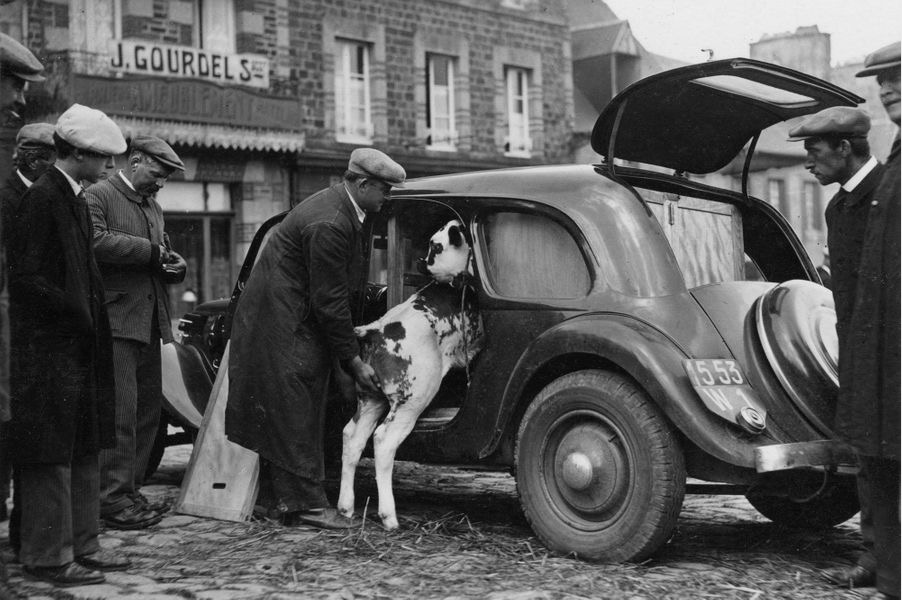
Even the 2CV, the company’s so-called ‘basic’ car, featured advanced design in its suspension, construction and adaptable, modular cabins. With removable seats, a convertible roof, wash-down floor, and an extendible cargo area, the 2CV could well be seen as the car that started the trend for functional or technological cabin design – more than half a century ago.
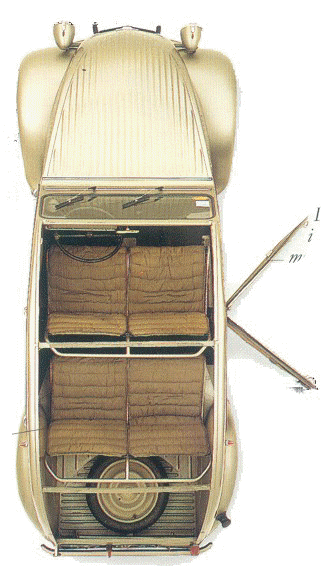
Both the DS and the CX were sold as wagons (or ‘breaks’), offering maximum living comfort with intelligent seating layouts, long before more recent trends for six- or seven-seat cars. The multi-seat CX Familiale was unique in its market class and it took many years for its competitors to catch up.

Citroën has also produced a series of design concepts as ‘one off’ show cars, with living comfort key to their motor show stand appeal, notably the 1980 Citroën Karin concept. This pyramid-shaped three-seater, built with composite materials, featured new storage ideas, moulded seats, and a stunning control ‘pod’ and steering wheel interface with fingertip controls. Such ideas are now familiar in the company’s production cars.
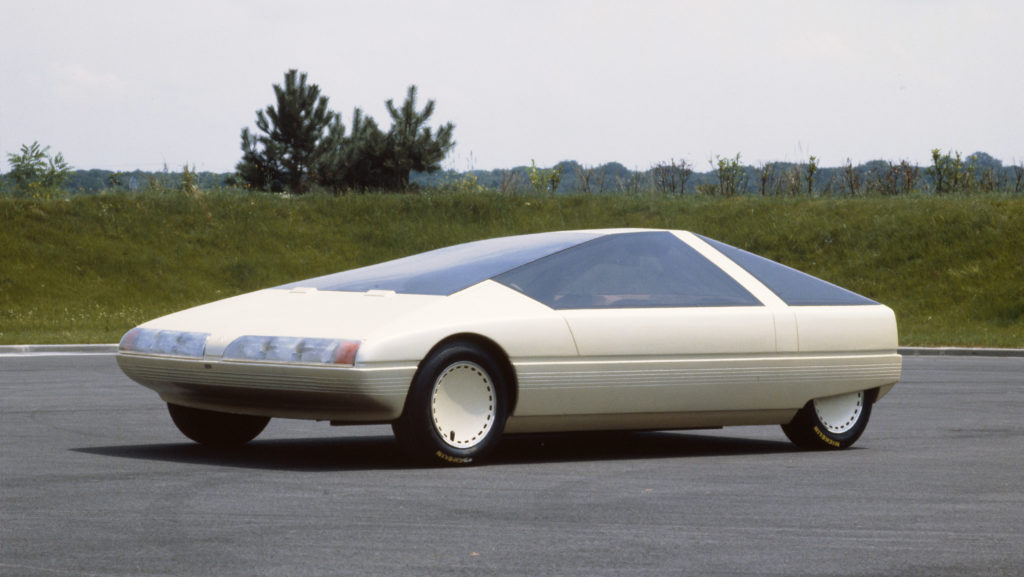
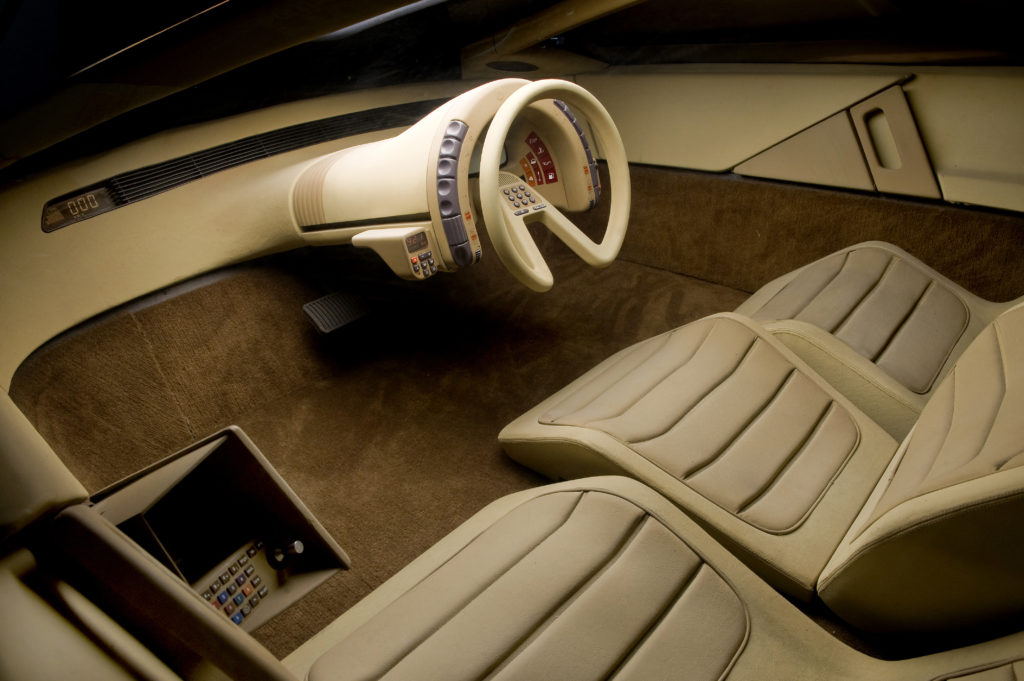
More recently, attention has focused on the science of ergonomics and the incorporation of adaptable cabin layouts into the functional use of the car. Citroën has always been popular among families due to a focus on ease of utility, with multi-purpose family cars among the company’s best-sellers in recent years. The ultimate family ‘holdalls’, Citroën’s MPVs and small family vehicles have featured everything from removable seats, adaptable seating layouts, reclining rear backrests, and even swivelling front seats.
Where the company’s largest vehicles have offered eight or even nine seats in a car-sized package, smaller cars, such as the ZX and 2003 C2, have featured back seats that can slide forwards and backwards to create more space for passengers or luggage. Rare in a small car, the 2003 C2 also offered reclining seats for passengers in the rear.
To make life on board easier, today’s Citroën models offer ingenious, advanced modularity, enhancing generous on-board space with:
- 3 individual sliding, retractable and reclining row 2 seats on the C4 SpaceTourer, Grand C4 SpaceTourer and SUV C5 Aircross,
- 3 seats row 2 individual retractable on Berlingo,
- 2 seats row 3 retractable on Grand C4 SpaceTourer,
- Reclining, splittable and sliding rear seat in 2 parts on SUV C3 Aircross,
- The possibility of shelving and depositing row 3 seats on Berlingo,
- The ability to shelf and place Row 2 and Row 3 seats on SpaceTourer,
- The ability to achieve a flat floor when the rear seats are folded down or removed on SUV C3 Aircross, C4 SpaceTourer, Grand C4 SpaceTourer, SUV C5 Aircross, Berlingo and SpaceTourer,
- The passenger seat can be folded down to carry particularly long objects on SUVs C3 Aircross, C4 SpaceTourer, Grand C4 SpaceTourer, Berlingo and SpaceTourer.
STORAGE SPACE
Storage space is just as important for living comfort. Citroën has frequently imagined new solutions to the question of cabin space to accommodate the needs of modern families. From special pockets and pouches, under-seat drawers, large glovebox compartments, and airliner-style overhead storage bins, Citroen designers have always provided the owner with something more than an ‘add-on’ storage afterthought.
Citroen’s clever cabin thinking has always been full of bright ideas. A range of advanced solutions found in Citroën concept cars are now features in the company’s production cars. User-friendly themes include revolving seats for easier ingress and egress, and hidden compartments, door storage recesses, and dashboard designs incorporating trays and removable storage.
Where the 1923 C-Type previewed the potential for small storage compartments, other Citroën models would follow with their intelligent solutions to the question of cabin practicality.
Later examples would include the 2CV, which featured an eminently practical modular cabin design, with fully-adaptable cargo space. The Karin, a show car introduced in 1980, featured extendible ‘pull-out’ door compartments, while many production cars featured innovative glove compartment storage. The CX came with a large dashboard tray, while the XM – and many other Citroën vehicles since – were fitted with a large lift-up dashboard ‘locker’. Later GS models were available with a removable glovebox, which could be attached to the dashboard or doors, or even used as a briefcase. Later, in 2003, the C2 introduced a unique split tailgate to its class – it contained a small compartment within the inside of the lower half of the tailgate to hold smaller items and stop them from rolling around.
Previewed by a trio of concepts revealed by Citroën at the 1996 Paris Motor Show, the Berlingo introduced a new level of storage practicality. These show cars – the Coupé de Plage, the Berline Bulle, and Grand Large – variously previewed storage for large sports equipment (such as surfboards or skis), and family-friendly interiors with adaptable cabin storage.
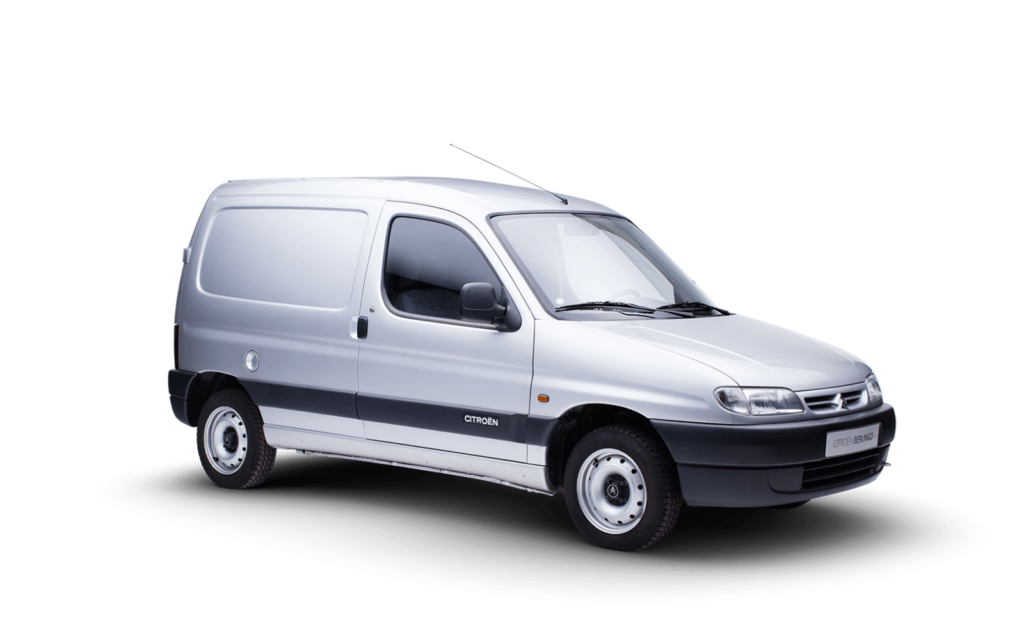
When the Berlingo went on sale – a production version of the ‘Grand Large’ concept – it introduced ‘Modutop’ adaptable roof storage. Modutop created 170 litres of extra over-head storage for all passengers – perfect for stowing away everything a family may need to keep them occupied on a longer drive.
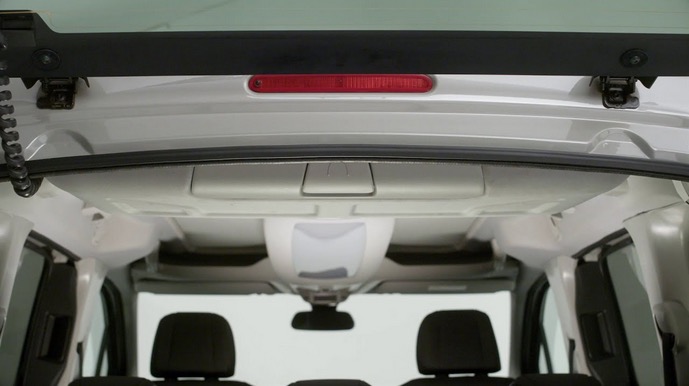
You can still find on the current range:
- The Modutop upgraded on Berlingo, a roof storage package including a large translucent arch accessible to all passengers and a rear roof box,
- The Top Box glove box on C4 Cactus and Berlingo, generous and with a wide opening, ideally positioned in front of the front passenger,
- Dashboard storage, above the centre screen and facing the front passenger on SpaceTourer,
- The large storage space under the front centre armrest of the SUV C5 Aircross,
- Large centre console storage on C4 SpaceTourer and Grand C4 SpaceTourer.

